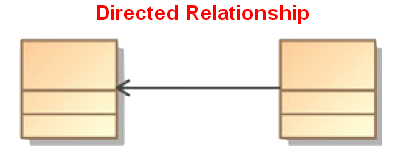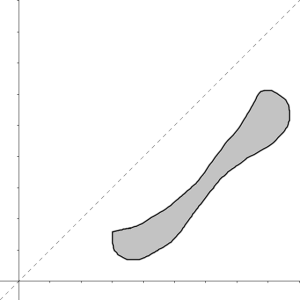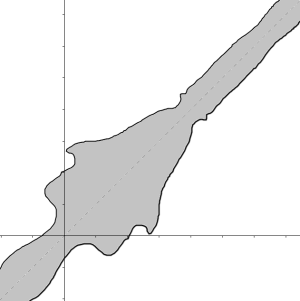Logical Data Modeling - Antisymmetry relationship
About
A Antisymmetric relation is a relationship that happens when for all a and b in X:
- if a is related to b
- then b is NOT related to a
- or b=a (reflexivity is allowed)
In mathematical notation, an Antisymmetric relation between x and y follows <MATH> y = f(x)\\ x \neq f(y) \\ x = f(y) \text{ only because } x = y </MATH>
Or in other word, if the relation is a asymmetric
- if a is related to b
- if b is related to a
- then a = b
Every asymmetric relation is antisymmetric.
Articles Related
Example
- the divisibility relation (on natural numbers): 12 is divisible by 4, but 4 is not divisible by 12
- if n and m are distinct and n is a factor of m, then m cannot be a factor of n.
- therefore the only way each of two numbers can be divisible by the other is if the two are, in fact, the same number
Representation
Entity Model
When there is a direction on the association, the relationship is antisymmetric.
Set of tuple
A antisymmetric relation in the set of {1,2,3} would be the set of tuple
<1,3>
<2,1>
<3,2>
<1,1>
<2,2>
<3,3>
Visual
- An antisymmetric and asymmetric relation between x and y (asymmetric because it is not reflexive)
- An antisymmetric and not asymmetric relation between x and y (asymmetric because reflexive)



